Introduction
Rowing is an excellent form of exercise that not only tones your muscles but also burns a lot of calories. It is a popular sport and a great way to stay fit. However, like any other strenuous exercise, rowing can cause some pain and discomfort. In this blog post, we will discuss what hurts after rowing and how you can alleviate the pain.
What muscles are used in rowing?
Rowing is a full-body workout that engages many muscles, including your legs, back, arms, and core. The primary muscles used in rowing are the quadriceps, hamstrings, glutes, lats, shoulders, and biceps. The quadriceps and hamstrings work together to extend and flex your knees, while the glutes are responsible for hip extension during the drive. The lats and shoulders help with the pulling motion, and the biceps aid in elbow flexion.
What hurts after rowing?
After rowing, you may experience pain and discomfort in various parts of your body, including:
1. Lower back pain
Lower back pain is a common complaint among rowers. This is because rowing requires a lot of bending and twisting, which can put stress on your lower back muscles. To prevent lower back pain, it’s essential to maintain proper form and engage your core muscles during the stroke.
2. Shoulder pain
Rowing involves a lot of repetitive motion and can cause strain on your shoulder muscles. Shoulder pain is often caused by poor technique or overuse. To alleviate shoulder pain, you can try stretching before and after rowing, and use proper technique when rowing.
3. Hand blisters
Rowing can also lead to hand blisters, especially if you are rowing with improper hand placement on the oars. To prevent blisters, it’s essential to use proper form and technique, wear gloves or use grips, and take breaks when necessary.
4. Knee pain
Knee pain is another common complaint among rowers. It is often caused by the repetitive motion of bending and extending your knees during rowing. To alleviate knee pain, it’s important to stretch your quads and hamstrings before rowing and use proper technique.

The BTM Indoor Home Rowing Machine offers a versatile and effective workout experience right in your living room. This rower features a magnetic resistance system with 8 adjustable levels, allowing users to customize the difficulty of their exercise. Its advanced driving belt system ensures smooth and quiet operation, while the foldable design and built-in transport wheels make storage and relocation a breeze. Ideal for users looking for a convenient yet robust fitness solution.
How to prevent pain after rowing?
To prevent pain and discomfort after rowing, here are some tips:
1. Stretch before and after rowing
Stretching before and after rowing can help prevent muscle soreness and stiffness. Focus on stretching your legs, back, shoulders, and arms.
2. Use proper technique
Using proper technique when rowing can help prevent injuries and pain. Make sure to engage your core muscles, maintain proper posture, and avoid overreaching.
3. Take breaks
Taking breaks during rowing can help prevent overuse injuries. It’s essential to listen to your body and take a break if you feel pain or discomfort.
4. Wear the right gear
Wearing the right gear, such as gloves or grips, can help prevent blisters and calluses on your hands. It’s also essential to wear comfortable shoes and clothing that allows for a full range of motion.
Conclusion
After rowing, it’s common to experience soreness or discomfort in different areas of the body, particularly if you’re new to the sport or have completed a particularly intense workout. Some of the muscles that may feel sore or fatigued after rowing include:
- Legs: Rowing requires a lot of lower body strength and endurance, so it’s common to feel soreness in the quadriceps, hamstrings, glutes, and calves.
- Core: A strong core is essential for maintaining good posture and stability during the rowing stroke. As a result, the abs, obliques, and lower back may feel sore after rowing.
- Back: The back muscles, including the lats and the rhomboids, are heavily involved in rowing, so it’s common to feel soreness or tightness in this area after a workout.
- Arms: The biceps, triceps, and forearms are used to pull the oars towards the body and control their movement, so it’s common to feel soreness or fatigue in these muscles after rowing.
- Shoulders: The shoulders are used to support the arms and help control the movement of the oars during the rowing stroke. As a result, the deltoids and rotator cuff muscles may also feel sore after rowing.
Rowing is an excellent form of exercise that can provide many health benefits. However, like any other strenuous exercise, rowing can cause pain and discomfort. By using proper technique, stretching, taking breaks, and wearing the right gear, you can prevent pain and enjoy the many benefits of rowing.
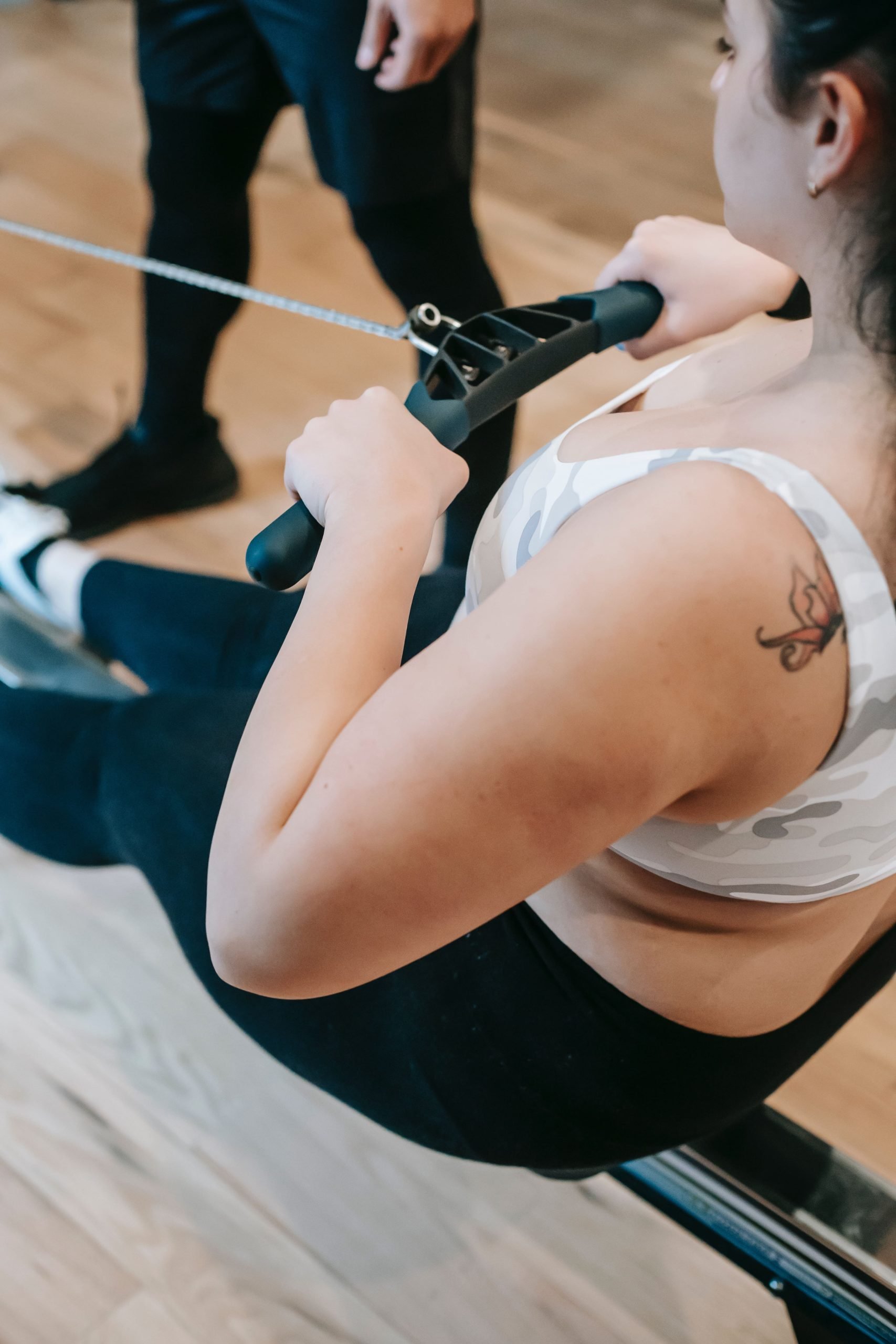

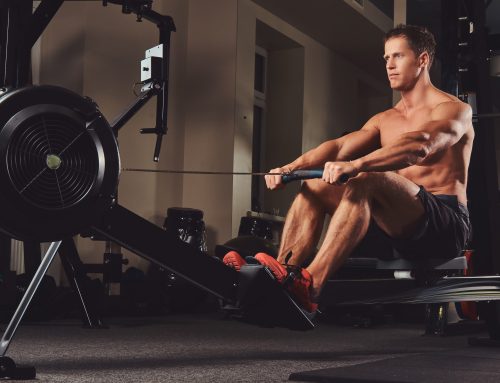
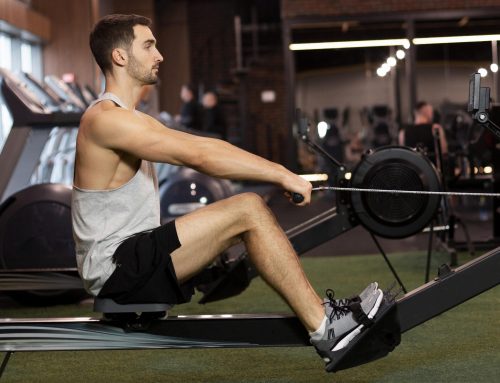
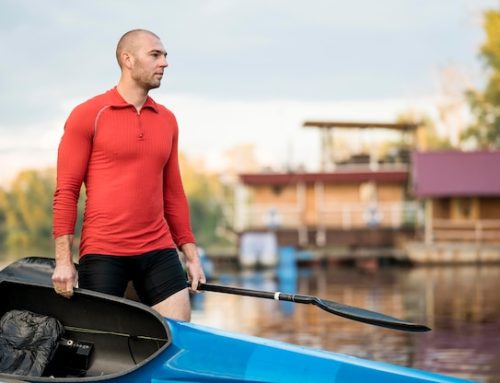
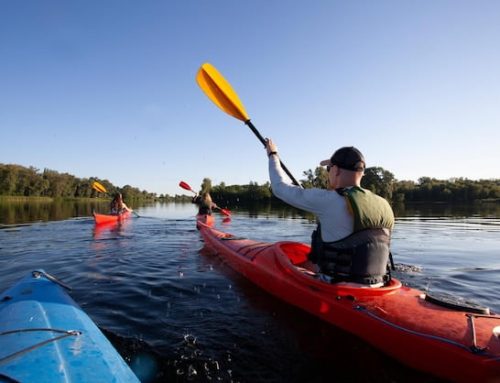
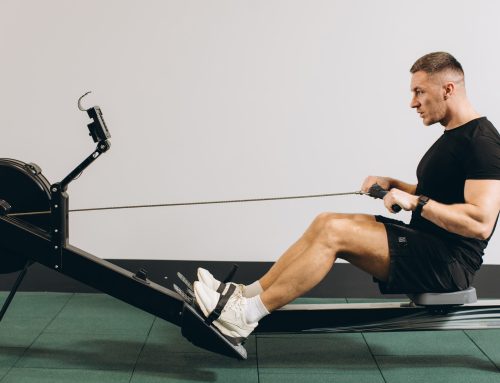
Rowing, as a multifaceted exercise, engages various muscles, from the quadriceps and glutes to the lats and biceps. The balance between power and technique is critical, with improper form often culminating in discomforts such as lower back strain or shoulder pain. Hand blisters and knee discomfort underline the importance of optimal hand placement and knee movement. The symbiosis of proper stretching, ensuring correct form, wearing appropriate gear, and acknowledging when to rest is essential in mitigating post-rowing ailments. Recognizing the muscles at play, from legs to shoulders, helps rowers pinpoint potential sources of discomfort and address them proactively, optimizing the holistic benefits of the sport.